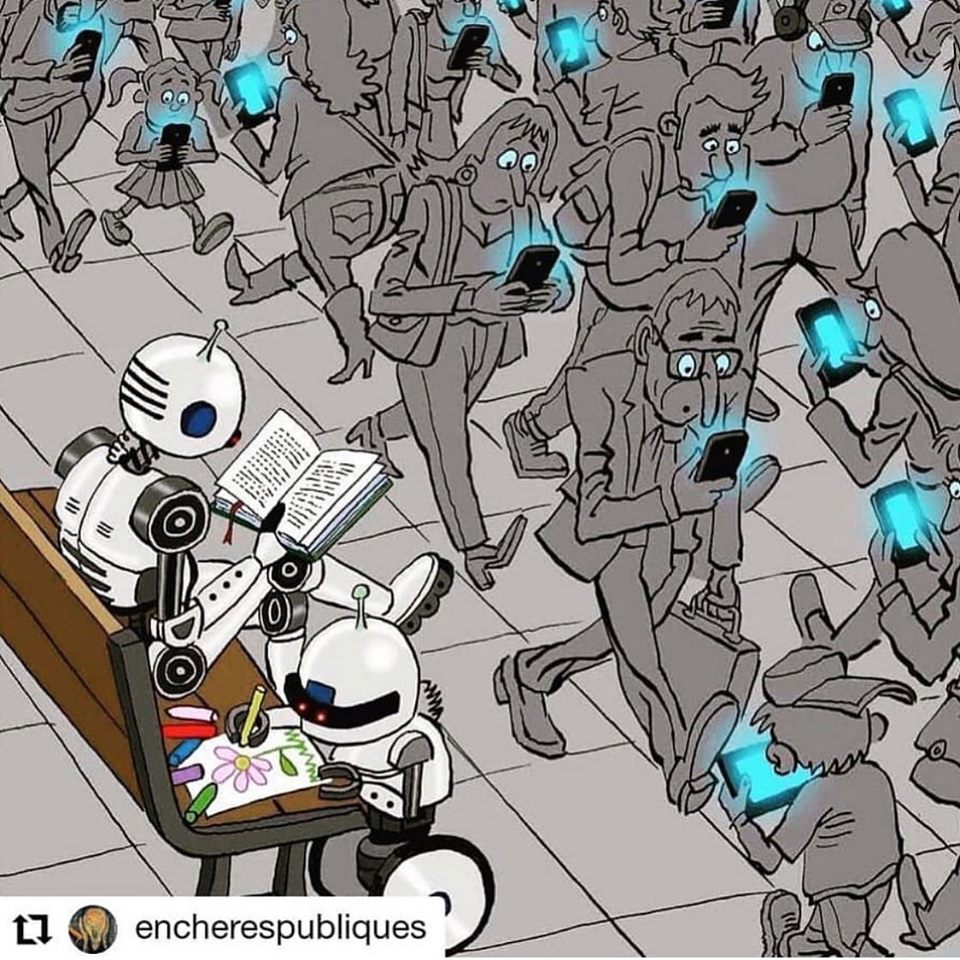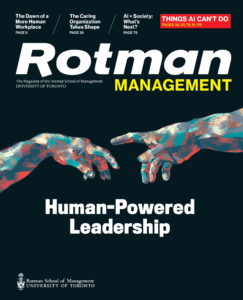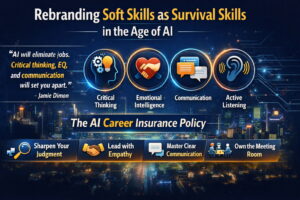
As a digital analyst and anthropologist, I’ve studied over the last 20 years, the evolution of disruptive technology and its effect on business philosophies and models. At the same time, I’ve also studied disruptive technology’s impact on society and human behavior. If I had to share just one thing I’ve learned along the way, it’s that markets are splintering into two notable camps: 1) traditional and 2) hyper-connected aka Generation-C (connected). While this may at first glance seem either obvious or insignificant, I can assure you that the latter group is what’s causing friction at the top of many organizations. Digital is ushering a new generation of incredibly discerning, demanding, and fundamentally different customers and employees in what they expect and value. Not only do they represent your evolving market and workforce, they bring with them the need to change everything you do and how and why you do it.
Pervasive technologies have fundamentally changed how people communicate, discover, and connect. With smartphones serving as digital appendages, we are always on, in real-time, focused on small screens throughout our day…every day…in all we do. Technology’s biggest impact though, is not so much on the devices or the apps that we use, but instead on our behavior. Specifically, how we learn, how we buy, how we work, how we influence and are influenced, are both evolving and already highly evolved. This is significant because we take for granted the processes and systems we have in place to manage employee and customer experiences today. A widening experience divide now exists between existing and evolving standards. In the spirit of true candor, how we work, market, and sell are based on dated principles and mindsets designed to optimize tasks for a very different time.
To date, we’ve built upon legacy investments and operational procedures to adapt to technology and market shifts. In the 1990s the Internet required new expertise, technology and processes to govern it internally and externally. The same was true for desktop PCs, laptops, mobile phones, desktop phones, telecommuting, etc. But most of how we coped or managed transformation before now was done so in a command and control fashion. IT would manage technology, HR would lead operations, managers would ensure productivity. With social, mobile, real-time, cloud, et al., now part of everyday life, how people think and work outside of work is now radically different. This is bigger than the BYOD (Bring Your Own Device) movement of letting people use their phones or devices at work. This is about changing why and how we choose new technologies, how we roll them out, and how we design new processes for improving how people work individually and together.
“It isn’t the past which holds us back, it’s the future; and how we undermine it, today.”- Viktor E. Frankle
There are parts of a command and control methodology that are still relevant today. However, as architects of the future of work, building upon a foundation of the past inhibits our ability to optimally see or plan for an ideal future. Said another way, how we see the future is rooted in how we dealt with it in the past. Therefore, how we need to plan and build for it requires that we see the human drivers behind how people use technology in their personal life. Doing so helps us naturally emulate and foster collaboration and engagement in the work place in ways that are more intuitive and seamless. Otherwise, we are forcing people to conform to inorganic practices that will affect morale and loyalty over time.
We have to see people differently than how we see the world today. We are most likely not the people we are trying to solve for and as a result, we bring legacy mindsets and experiences to challenges and opportunities that in fact need new methodologies to engage and scale an infrastructure for a new generation of employees and customers.
Rather than rebuff the differences in how digital natives work, learn from it and be inspired by it. It’s the only way we can truly lead the future of work. Otherwise, we’re forever doomed to react to it.
We can’t change everything at once nor can we continue with business as usual. But we do need to take small steps to move in a new direction. Change actually begins with us. And it all starts with learning what we do not know. This allows us to see what it is we can’t see today in order to build what doesn’t yet exist.
The future of work does indeed take architecture and we are its architects. But as much as our challenge is affected by technology’s impact on behavior, we cannot assume that technology is therefore part of the solution. To design a meaningful and scalable ecosystem moving forward, we have to appreciate how behavior and expectations are evolving. With technology now part of the fabric of life and innovation a constant, solving for behavior actually makes technology more human.
Brian Solis, Author, Keynote Speaker, Futurist
Brian Solis is principal analyst and futurist at Altimeter, the digital analyst group at Prophet, Brian is a world renowned keynote speakerand 8x best-selling author. In his new book, Lifescale: How to live a more creative, productive and happy life, Brian tackles the struggles of living in a world rife with constant digital distractions. His model for “Lifescaling” helps readers overcome the unforeseen consequences of living a digital life to break away from diversions, focus on what’s important, spark newfound creativity and unlock new possibilities. His previous book, X: The Experience When Business Meets Design, explores the future of brand and customer engagement through experience design.
Please, invite him to speak at your next event or bring him in to your organization to inspire colleagues, executives and boards of directors.
Follow Brian Solis!
Twitter: @briansolis
Facebook: TheBrianSolis
LinkedIn: BrianSolis
Instagram: BrianSolis
Pinterest: BrianSolis
Youtube: BrianSolisTV
Newsletter: Please Subscribe
Speaking Inquiries: Contact





Leave a Reply